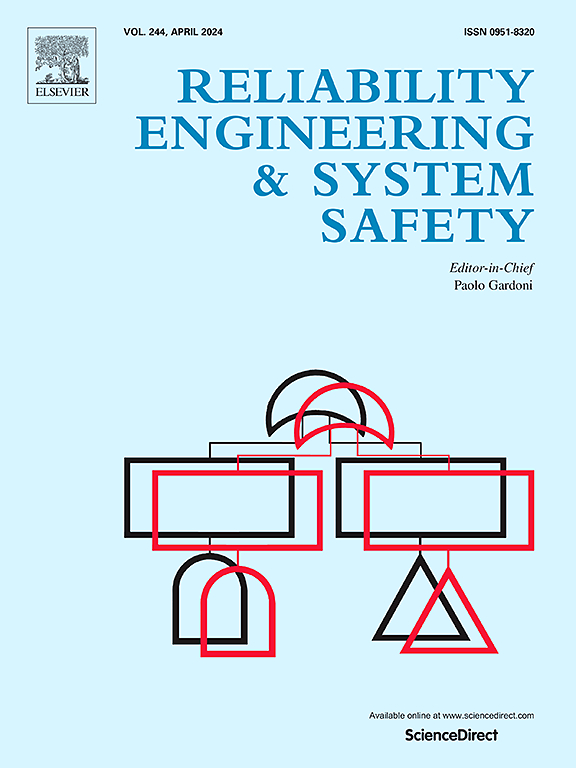用于机械系统建模的非线性物理状态空间神经网络
IF 9.4
1区 工程技术
Q1 ENGINEERING, INDUSTRIAL
引用次数: 0
摘要
本文章由计算机程序翻译,如有差异,请以英文原文为准。
State space neural network with nonlinear physics for mechanical system modeling
Dynamic modeling of mechanical systems is important for the monitoring, diagnostics, control, and prediction of system behaviors. Modeling dynamic systems is one of the emerging tasks in scientific machine learning. Neural networks have been used to learn surrogate models for the underlying dynamics in the form of data-driven neural ordinary differential equations (NODEs). While most dynamical mechanical systems have some degree of nonlinearity within their dynamics, neural networks have shown potential in approximating dynamic systems with nonlinearities. However, despite the universal approximation capability of neural networks, this paper argues that by adding physics-aware nonlinear functions to the neural network model, the modeling accuracy of the neural network can be increased. In this paper, the construction of the nonlinear continuous-time state-space neural network (NLCSNN) is presented. The proposed approach can be used as a data-driven method for digital twin construction for monitoring, prediction, and reliability assessment. The NLCSNN improves upon the previously established continuous-time state-space neural network by increasing sensitivity to nonlinearity. The proposed NLCSNN is trained and validated using numerical and experimental examples, with results compared against those from several existing methodologies. Validation results show that the NLCSNN model can learn complex engineering dynamics without explicit knowledge of the underlying system. The modeling performance of the proposed data-driven approach outperforms a purely physics-based model, with results comparable to hybrid models. Additionally, the NLCSNN model achieved higher accuracy than the continuous-time state-space neural network (CSNN) model.
求助全文
通过发布文献求助,成功后即可免费获取论文全文。
去求助
来源期刊

Reliability Engineering & System Safety
管理科学-工程:工业
CiteScore
15.20
自引率
39.50%
发文量
621
审稿时长
67 days
期刊介绍:
Elsevier publishes Reliability Engineering & System Safety in association with the European Safety and Reliability Association and the Safety Engineering and Risk Analysis Division. The international journal is devoted to developing and applying methods to enhance the safety and reliability of complex technological systems, like nuclear power plants, chemical plants, hazardous waste facilities, space systems, offshore and maritime systems, transportation systems, constructed infrastructure, and manufacturing plants. The journal normally publishes only articles that involve the analysis of substantive problems related to the reliability of complex systems or present techniques and/or theoretical results that have a discernable relationship to the solution of such problems. An important aim is to balance academic material and practical applications.
 求助内容:
求助内容: 应助结果提醒方式:
应助结果提醒方式:


